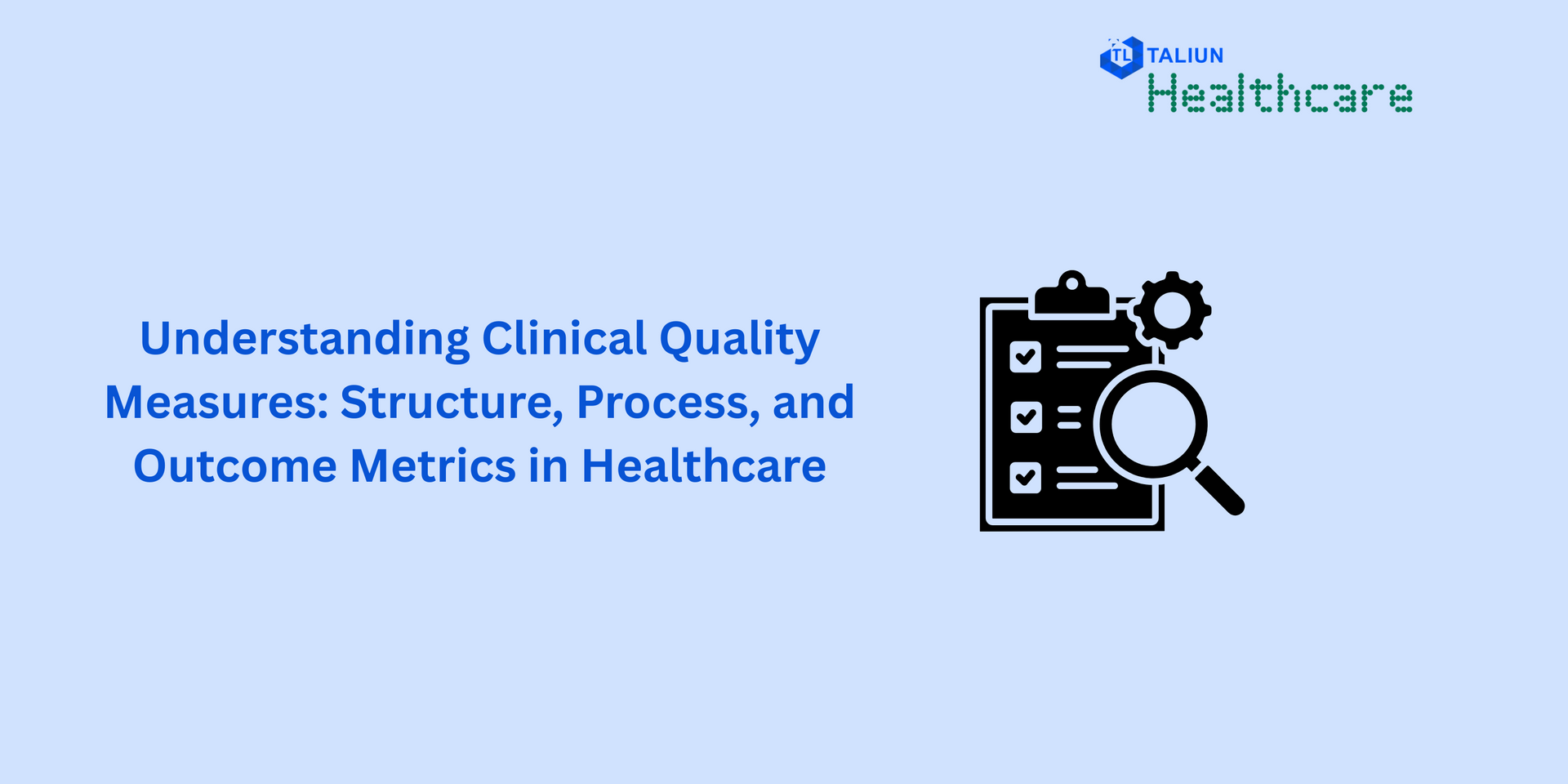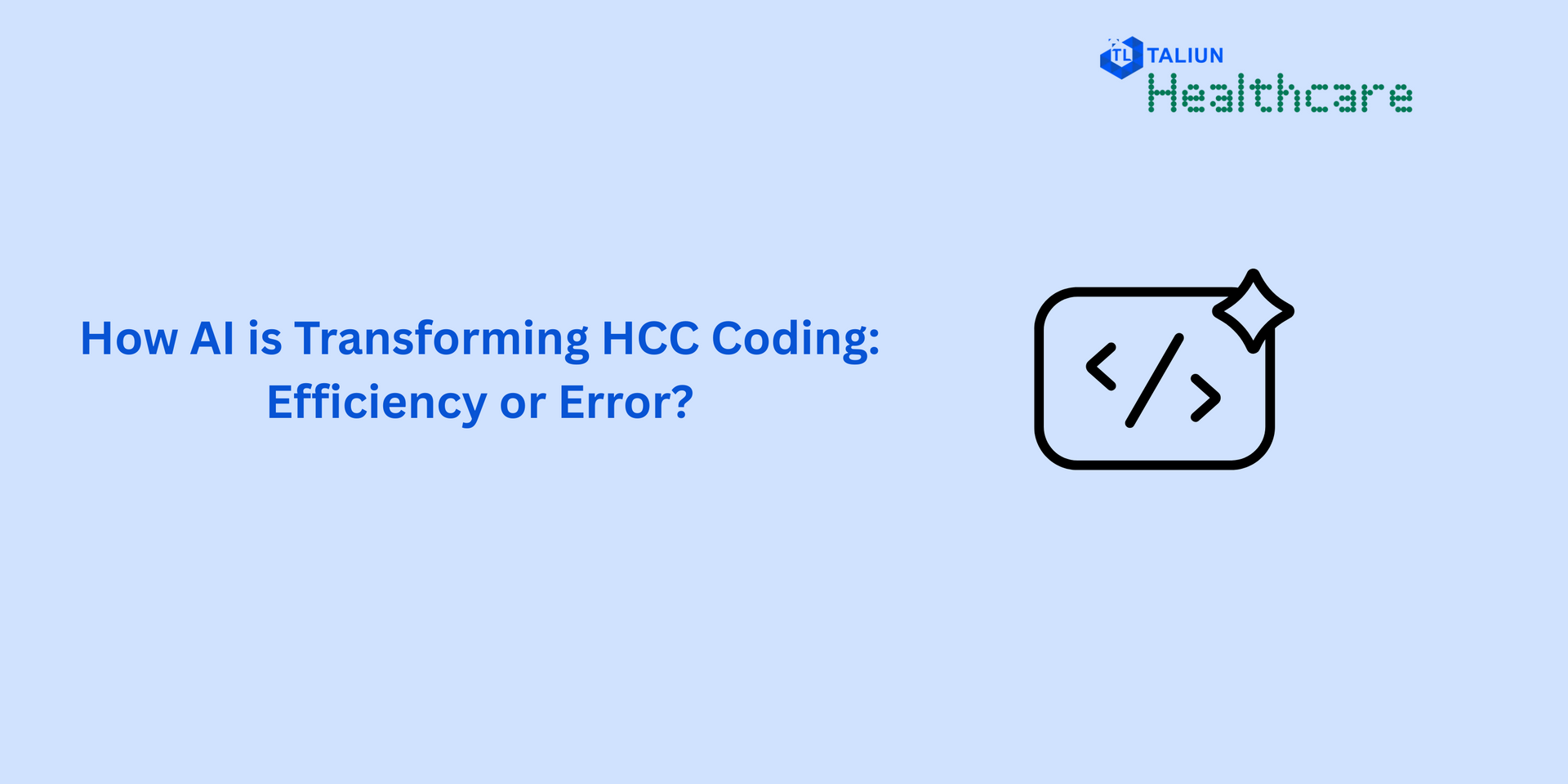Understanding EDI Development: Streamlining Business Communications

Electronic Data Interchange (EDI) is a structured way for businesses to exchange documents and data electronically, replacing traditional paper-based methods such as mailing, faxing, or emailing. EDI is widely used in various industries, including retail, manufacturing, healthcare, and logistics, due to its efficiency, speed, and accuracy. In this blog post, we'll delve into what EDI development entails, how it works, and why it's a crucial component of modern business operations.
What is EDI Development?
EDI development involves creating systems and protocols that allow two or more businesses to exchange common documents such as purchase orders, invoices, shipping notices, and healthcare claims in a standardized electronic format. This development process includes setting up EDI software or platforms, integrating EDI transactions into existing business applications (like ERP systems), and ensuring compliance with industry-specific standards.
How Does EDI Work?
The operation of EDI can be broken down into several key steps:
1. Document Preparation: One business prepares a document to be sent, such as a purchase order. This is usually generated from its internal business systems.
2. Document Translation: The document is then converted into an EDI format using EDI software. This ensures that the document conforms to the standardized format that both the sender's and receiver's systems can understand.
3. Transmission: The EDI-formatted document is transmitted over a secure network to the receiving party. This can be done via various communication protocols, such as AS2, FTP, or via an EDI network service provider known as a Value-Added Network (VAN).
4. Reception and Translation: Upon receiving the EDI document, the recipient's EDI system translates it back into a format compatible with their internal systems.
5. Acknowledgment and Processing: The recipient sends back an acknowledgment to confirm receipt of the document, after which the document is processed accordingly, initiating further action like the dispatch of goods or payment processing.
Benefits of EDI
EDI provides numerous benefits to businesses, including:
Increased Efficiency: Automated exchanges reduce the handling costs associated with manual processes.
Accuracy and Reduced Errors: Automated processes minimize human errors such as miskeying data.
Faster Transaction Times: Transactions are processed in real-time or near real-time, facilitating quicker
responses and decision-making.
Improved Relationships: Faster and more accurate exchanges improve relationships with trading partners.
Environmental Impact: Reducing paper consumption contributes to an organization’s green initiatives.
Challenges and Considerations
While EDI offers significant advantages, there are challenges to consider:
Initial Setup Costs: Implementing EDI can involve substantial initial investments in software, hardware, and training.
Complexity in Integration: Integrating EDI with existing systems can be complex, particularly if legacy systems are involved.
Ongoing Maintenance: EDI standards and protocols may evolve, requiring ongoing updates and maintenance.
The Future of EDI
As technology evolves, so does EDI. The integration of EDI with emerging technologies like blockchain and artificial intelligence is expected to enhance security, transparency, and efficiency. Moreover, more businesses are moving towards web-based EDI solutions, which provide more flexibility and lower cost of entry compared to traditional methods.
In conclusion, EDI development is pivotal for businesses looking to optimize their communication processes. By understanding and implementing EDI, companies can improve operational efficiency, reduce costs, and enhance partner relationships. As we move forward, the role of EDI is likely to grow, becoming an even more integral part of the digital landscape in business operations.




